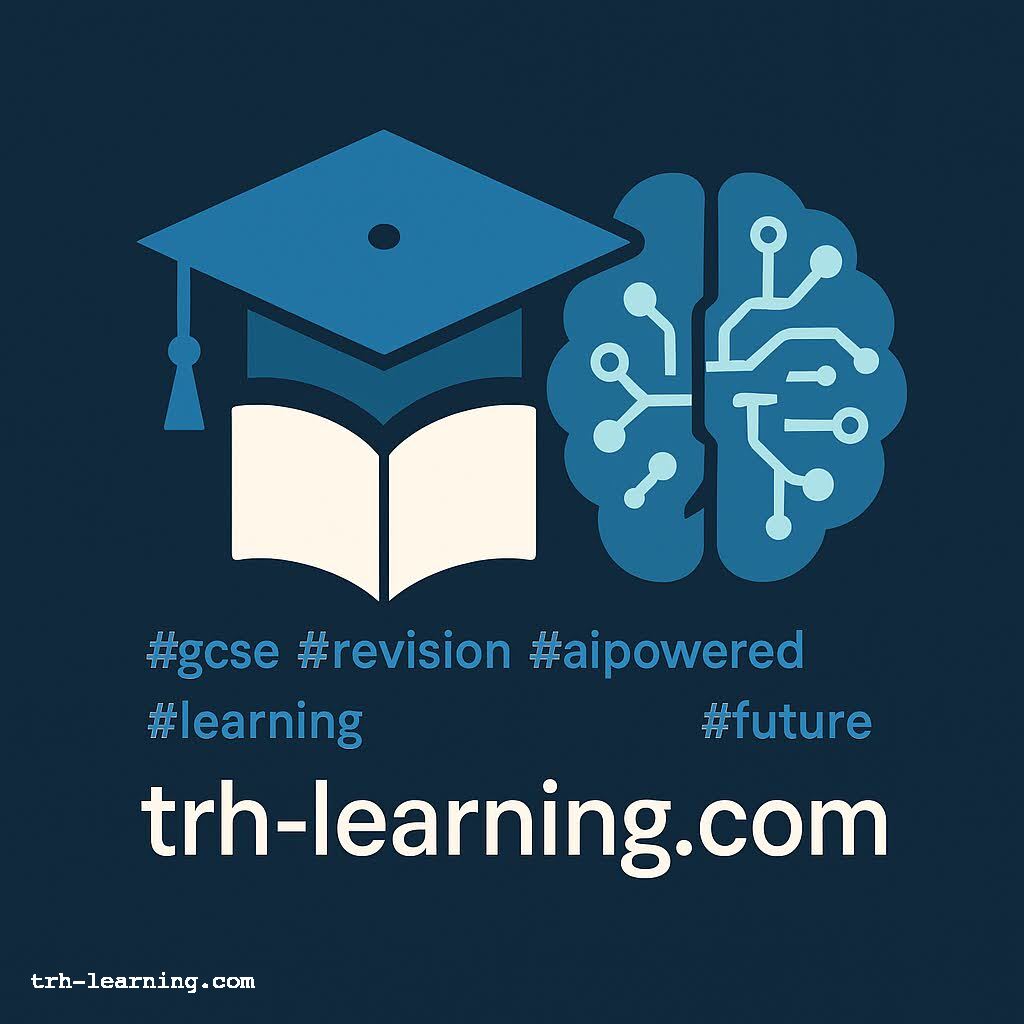"GCSE Physics Revision: Demystifying Atomic Structure with Interactive Learning Experiences"
Demystifying Atomic Structure with Interactive Learning Experiences
Understanding Atomic Structure
Atomic structure is a fundamental concept in GCSE Physics, providing the foundation for understanding matter and its interactions. This topic covers the basic components of an atom, including protons, neutrons, and electrons, and how they are arranged.
Components of an Atom
- Protons: Positively charged particles found in the nucleus.
- Neutrons: Neutral particles that also reside in the nucleus.
- Electrons: Negatively charged particles orbiting the nucleus in electron shells.
Interactive Learning Experiences
Interactive learning tools can significantly enhance the understanding of atomic structure. Here are some methods to consider:

- Simulations: Use online simulations to visualize atomic models and electron configurations.
- Quizzes: Engage with interactive quizzes to test knowledge and reinforce learning.
- Virtual Labs: Participate in virtual lab experiments to explore atomic interactions and reactions.
Benefits of Interactive Learning
Interactive learning experiences offer several benefits:
- Enhances engagement and motivation.
- Provides immediate feedback and allows for self-paced learning.
- Facilitates a deeper understanding of complex concepts through visualization.
For more resources on GCSE Physics and interactive learning tools, explore educational platforms that offer comprehensive study materials and activities.
Browse Categories 📚
Ready to boost your learning? Explore our comprehensive resources above, or visit TRH Learning to start your personalized study journey today!